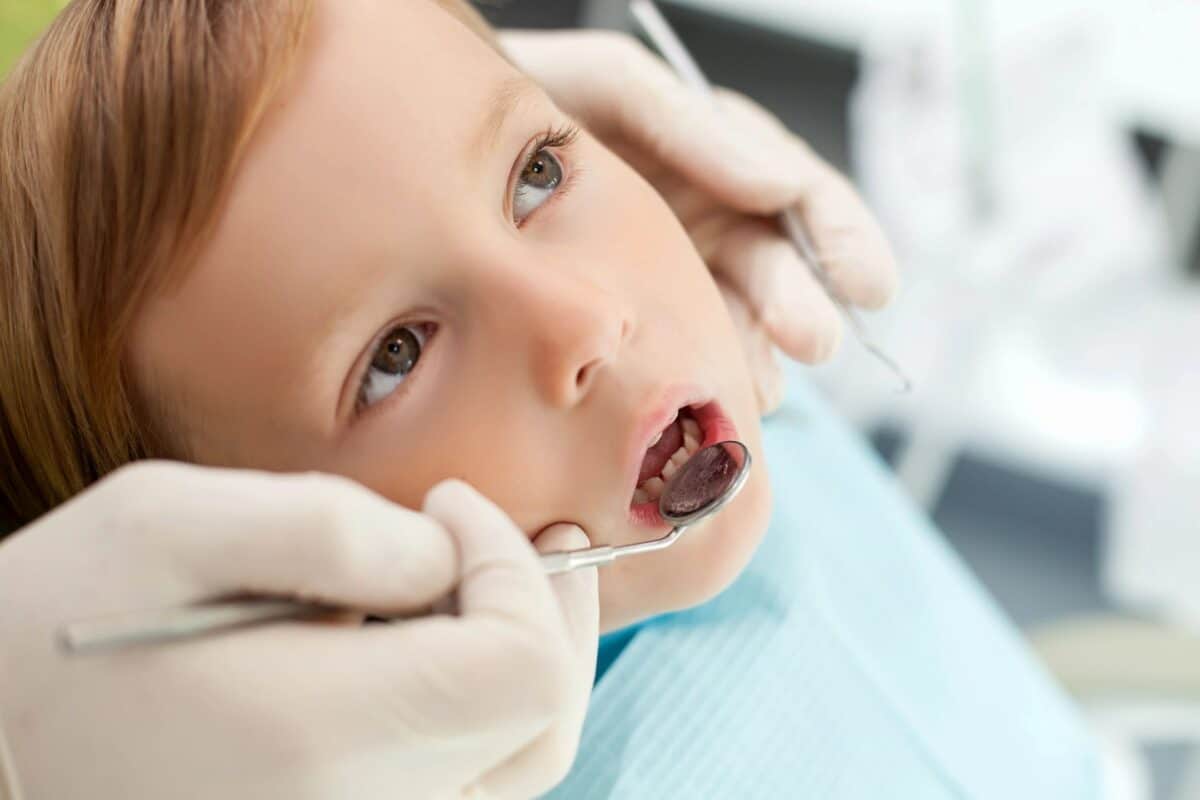Last year with quarantine in full effect, many people turned to the social media platform TikTok for entertainment. With entertainment also came users coming up with “hacks” as a way to trend on the platform. While some of the hacks give insight, such as how to clean your stove, when it comes to your oral health, a lot of TikTok Dental Hacks are not only misleading but can be extremely damaging to your mouth. Here are some top trends to avoid.
Cleaning Your Own Teeth
You will find over the counter tools aimed at plaque removal. However scraping plaque off teeth incorrectly can lead to enamel removal, damage to gums and possibility of injuring other parts of the mouth. Long term complications can occur such as sensitivity or infections with the use of unsterile instruments.
Filing Your Teeth
A user posted a video of herself filing down her teeth with a nail file to make them straight and the video went viral. Not only does this remove the healthy enamel that protects our teeth but it can lead to chronic sensitivity and an increase in the chances of getting cavities when you introduce bacteria into the mouth. Also when you shorten your teeth you alter your bite. When your bite is uneven this is called malocclusion. Malocclusion causes wearing down and grinding of your molars and jaw pain in most cases.
Bleaching with Hydrogen Peroxide
The trend has followers using undiluted hydrogen peroxide to whiten their teeth. What they fail to realize is that at high concentrations hydrogen peroxide is extremely corrosive. This can not only strip your enamel but lead to burning of the gums and loss of them. Dental products containing hydrogen peroxide or professional whitening use a controlled amount of the substance to avoid such complications.
DIY Dentures
Users show moldable plastic used to replace missing teeth. This is not only unhygienic but since it is not custom gaps can lead to food, plaque and bacteria being caught underneath the plastic. Since the dentures cannot have a reliable fit it becomes a choking hazard risk as well. Also since a professional isn’t checking your bite it will most likely be uneven. This uneven bite leads to jaw pain, muscle pain and TMJ issues.
Hair Flossing
A TikTok Dental Hacks trend that is also harmful is using a piece of hair to floss in between your teeth. This can lead to damage to the gums and introduce bacteria to the mouth. It is important to use proper, ADA approved tools when it comes to your oral health.





